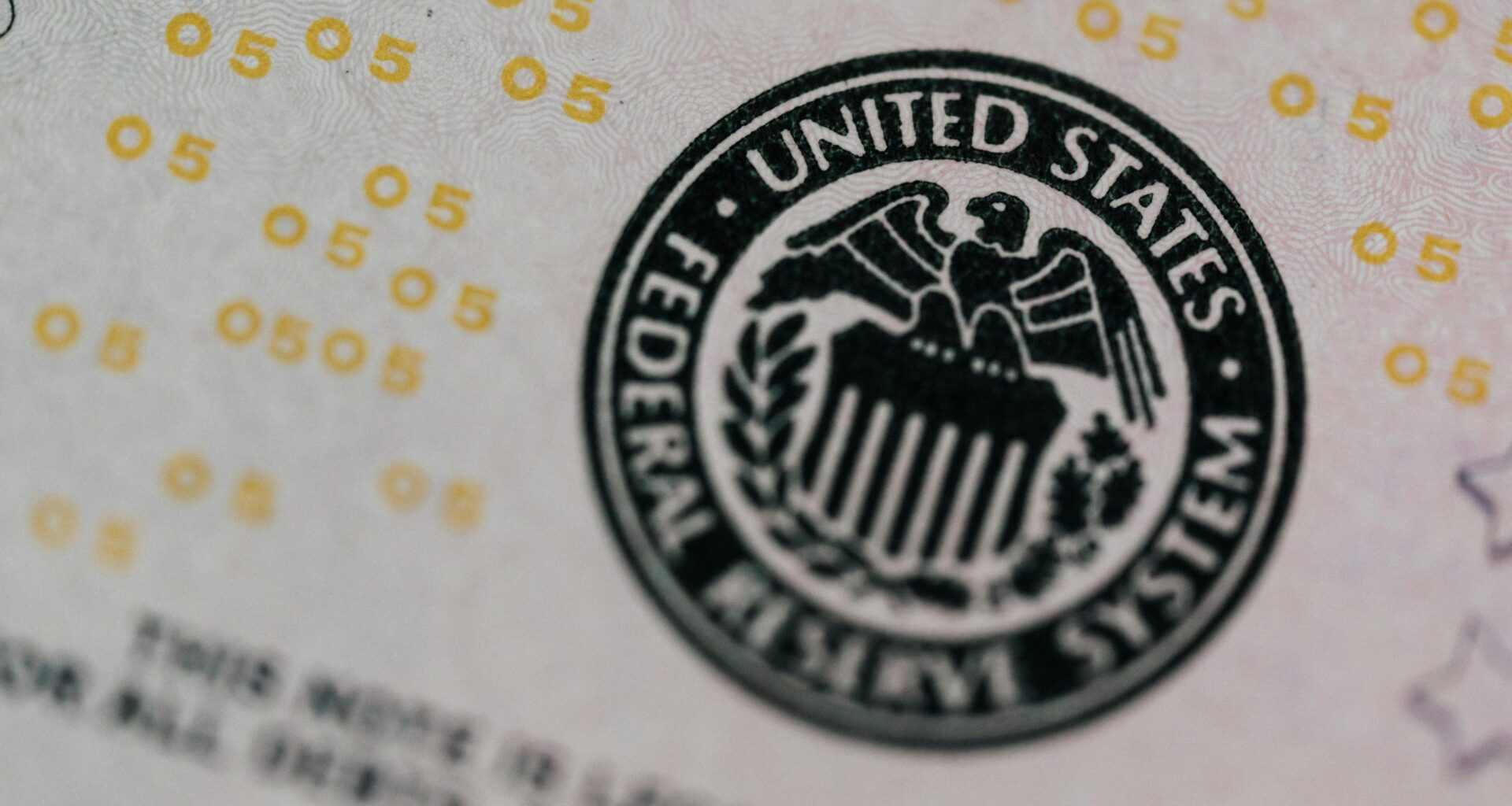For those of us who have experienced the devastating consequences of subjecting a central bank to political pressure—such as in Peru in the 1980s, when such interference led to hyperinflation—the campaign by former President Donald Trump to pressure Fed Chair Jerome Powell into cutting interest rates is alarming. Fortunately, the Federal Reserve has just announced that it will keep rates steady following its regularly scheduled meeting this morning, resisting political pressure to loosen monetary policy. Powell, to his credit, did not cave in as the Fed’s rate-setting committee wrapped up after indicating that the Fed could cut rates.
Not that Powell or any other central banker (let alone any president) can really know what the right interest rates are for an economy where trillions of dollars of goods and services are produced as a result of countless decisions made by hundreds of millions of people every day, but the risk of getting it wrong is inherent to the very notion of a central bank and not much can be done about it until that institution either ceases to exist or sees its function reduced to providing banks with some reserves in exceptional circumstances—and charging them the market rate.
Putting the Fed, whose role has been nefarious in recent decades, under this much political pressure can only mean two things—one, that the lessons of monetary suppression in the U.S. have not been learned and, two, that the serious problems the U.S. economy is experiencing (too much debt, too little savings, high production costs, low productivity, distorted asset prices and, yes, inflation) will get worse. Unit labor costs have risen by 65 percent since 1992, for instance, making America less competitive because of inflation. Pushing the Fed to cause even more inflation is to push for higher unit labor costs, i.e., for making America less competitive and, therefore, wider trade deficits!
Whatever gauge we use, prices have risen well above 2 percent in the last year (Who came up with the idea that 2 percent annual inflation is good anyway?) According to the Core Personal Consumption Expenditures Price Index, they rose by 2.6 percent in the last twelve months, but according to the 16 percent Trimmed-Mean CPI, which removes volatility and is probably a better reference, they rose by more than 3 percent. There is no basis for cutting rates at this point, even if we accept the 2 percent inflation target that has become an article of faith among the political class. More importantly, jawboning monetary policymakers into producing more inflation by cutting rates artificially is to disregard what has happened since the late 1980s, when suppressing interest rates became the norm, all the way to the inflation that gave rise to monetary tightening in March 2022.
Since 1987, money has been created out of thin air if we measure it by the size of the balance sheet, at more than five times the rate of growth of the economy. If the balance sheet had grown at roughly the same pace as the economy, the Treasury would not have been able to borrow colossal amounts of money—i.e., the Federal Reserve would not have monetized trillions of dollars of government debt. The politicians running the show would have had to go to the market and try to borrow from the private sector, which would have sent interest rates soaring and, therefore, forced the government to put its house in order. The U.S. federal government would not owe $36 trillion today, nor would it be spending roughly $1 trillion on interest alone yearly (a sum not too different from the entire defense budget!)
Easy money distorts asset prices and generates speculative bubbles that enrich the elites at the expense of the productive economy and generate resentment among the impoverished middle class. Hence, the rise of economic nationalism and the various forms of populism that we see today at work in American society. Households’ and nonprofit organizations’ financial assets total some $180 trillion today, more than six times the size of the economy, a ratio that has exploded largely in recent decades due to financial engineering and asset inflation caused by the Federal Reserve’s policies.
In the future, should the Fed Chair give in to political pressure and reverse the course set after he began tightening in March 2022, we can be sure that the ailments hurting the U.S. economy will get worse, much worse.
